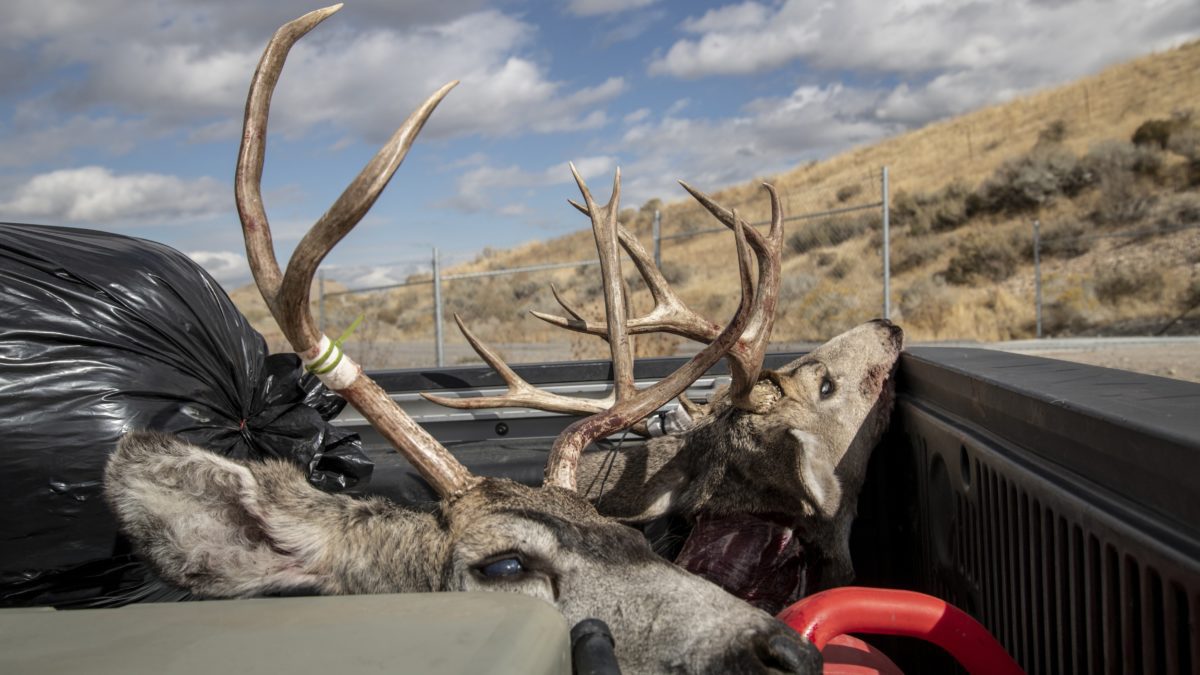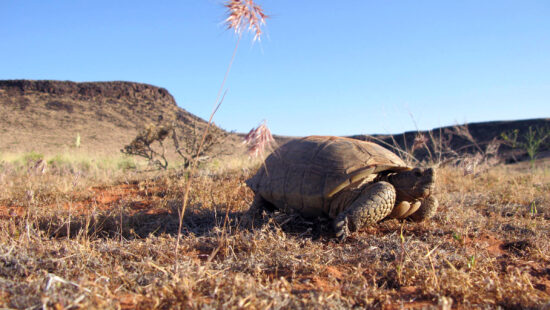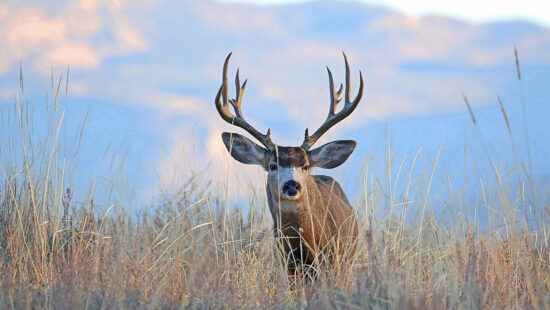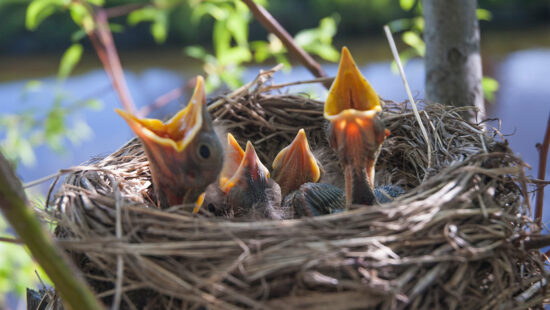Environment
DWR reminds hunters of chronic wasting disease laws

Harvested deer at CWD check station Photo: Courtesy of Utah Division of Wildlife Resources
Transmission of the disease can occur through contact with an infected animal, or indirectly through environmental contamination
PARK CITY, Utah — Utah Division of Wildlife Resources conservation officers are reminding hunters in states with chronic wasting disease to adhere to laws for transporting big game carcasses to prevent the disease from further spreading in Utah.
Chronic wasting disease is a somewhat rare transmissible disease that typically affects deer, elk and moose. According to a press release from DWR, the disease was first discovered in Vernal, Utah in 2002.
“The disease is caused by a misfolded protein, called a prion, that accumulates in the animal’s tissue,” said a press release from the DWR. “It is caused by the same type of particle as ‘mad cow disease’ in cows. Infected animals develop brain lesions, become emaciated, appear listless and have droopy ears. They may also salivate excessively and will eventually die.”
As of Nov. 16, 158 mule deer and four elk throughout six hunting units have tested positive for the disease in Utah. Additionally, an adult male buck deer tested positive for the disease earlier this month in Yellowstone National Park, the first confirmed case of the disease within the park.
“Unfortunately, this fall we have had several cases of hunters traveling from other states who are transporting their deer and elk back into Utah without adhering to these transportation rules,” said Morgan Larsen, a DWR conservation officer. “On Oct. 30 alone, we detected four individuals returning to Utah from areas in Colorado with chronic wasting disease who were in violation of transporting the full heads of deer or elk with the brains still intact.”
“All of these individuals planned to dispose of their big game remains in Utah,” Larsen said. “That is not only illegal, but also poses a threat to our local deer and elk herds. If that brain matter and other animal parts are tossed into the mountains or a field, that brain matter can contaminate the dirt where it was discarded and spread chronic wasting disease to big game animals in that area of Utah.”
Transmission of the disease can occur through contact with an infected animal, or indirectly through environmental contamination. A Utah state rule was implemented in 2020 that only allows hunters to transport certain parts of a deer, elk or moose harvested in states with chronic wasting disease back into Utah including:
- Meat that is cut and wrapped, either commercially or privately
- Quarters or other portions of meat with no part of the spinal column or head attached
- Meat that is “boned out”
- A hide with no head attached
- Skulls or skull plates with antlers attached, only if all the brain matter and spinal column material has been removed
- Taxidermied heads with no meat or tissue attached
- Upper canine teeth
Nonresidents of Utah transporting harvested elk, moose, mule deer or white-tailed deer from areas affected with chronic wasting disease are allowed to transport their animal through Utah if they do not leave any part of the harvested animal in Utah and do not stay more than 24 hours, or if they do not have the animal processed in Utah.
Illegally transporting big game carcasses from areas with chronic wasting disease could result in an infraction or up to a felony charge.


















